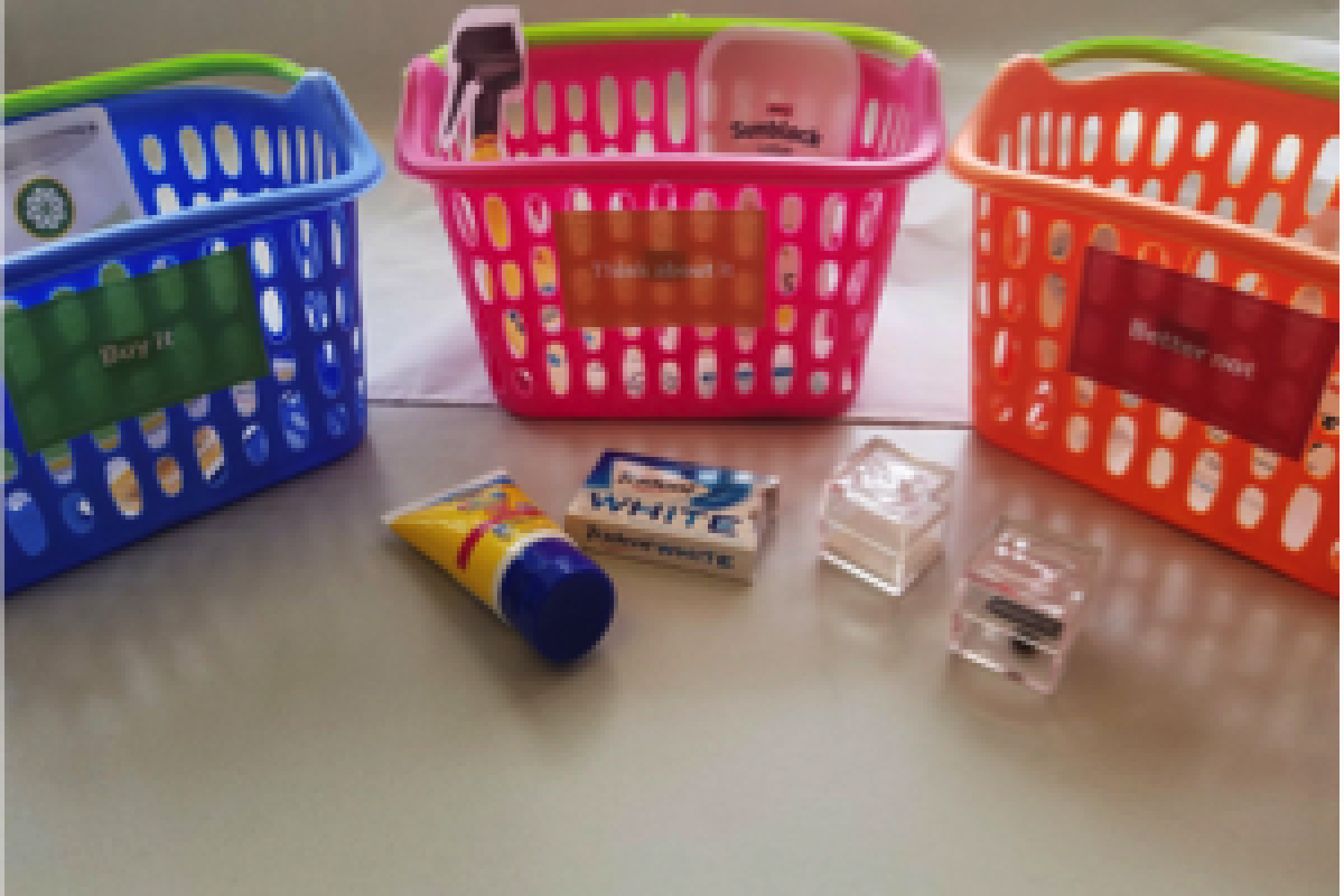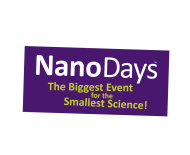DESCRIPTION
"Buy It, Or Better Not?" explores the many products where we find titanium dioxide (TiO2) in our everyday lives, from chewing gum to sunblock to house paint. In this conversational activity, participants consider the costs, risks, and benefits of nanoparticles in various products, and weigh those against their own values and opinions.
Learn more about the Arizona State university led LCnano project at https://lc-nano.engineering.asu.edu/.
DESCRIPTION
"Buy It, Or Better Not?" explores the many products where we find titanium dioxide (TiO2) in our everyday lives, from chewing gum to sunblock to house paint. In this conversational activity, participants consider the costs, risks, and benefits of nanoparticles in various products, and weigh those against their own values and opinions.
Learn more about the Arizona State university led LCnano project at https://lc-nano.engineering.asu.edu/.
TRAINING VIDEOS
OBJECTIVES
BIG IDEA
Nanoscale titanium dioxide is a common additive found in many products that we consume, rub into our skin, and use in our homes.
LEARNING GOALS
- Nanoscale titanium dioxide is a common additive found in many products that we consume, rub into our skin, and use in our homes.
- Materials can act differently when they’re nano-sized.
- Nanotechnologies have costs, risks, and benefits that affect our lives in ways we cannot always predict.
NANO CONTENT MAP
Nanometer-sized things are very small, and often behave differently than larger things do.
Nanotechnologies—and their costs, utility, risks, and benefits—are closely interconnected with society and with our values.
DOWNLOAD FILES
Credits
Supported by the LCnano project. Partial funding was provided from the US Environmental Protection Agency through the STAR program (RD83558001). Any opinions, findings, conclusions, or recommendations expressed in this program are those of the authors and do not necessarily reflect the views of the project.
This linked product was created by another institution (not by the NISE Network). Contact owning institution regarding rights and permissions.


